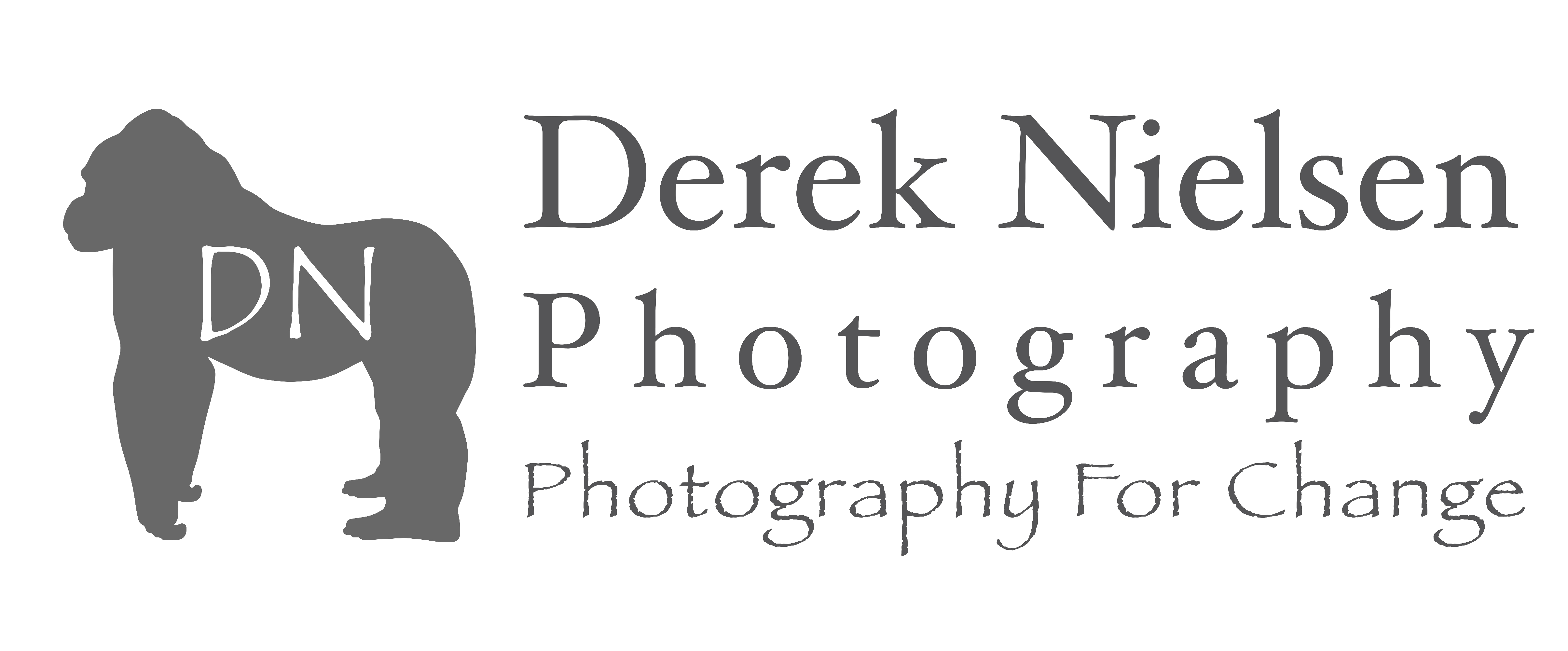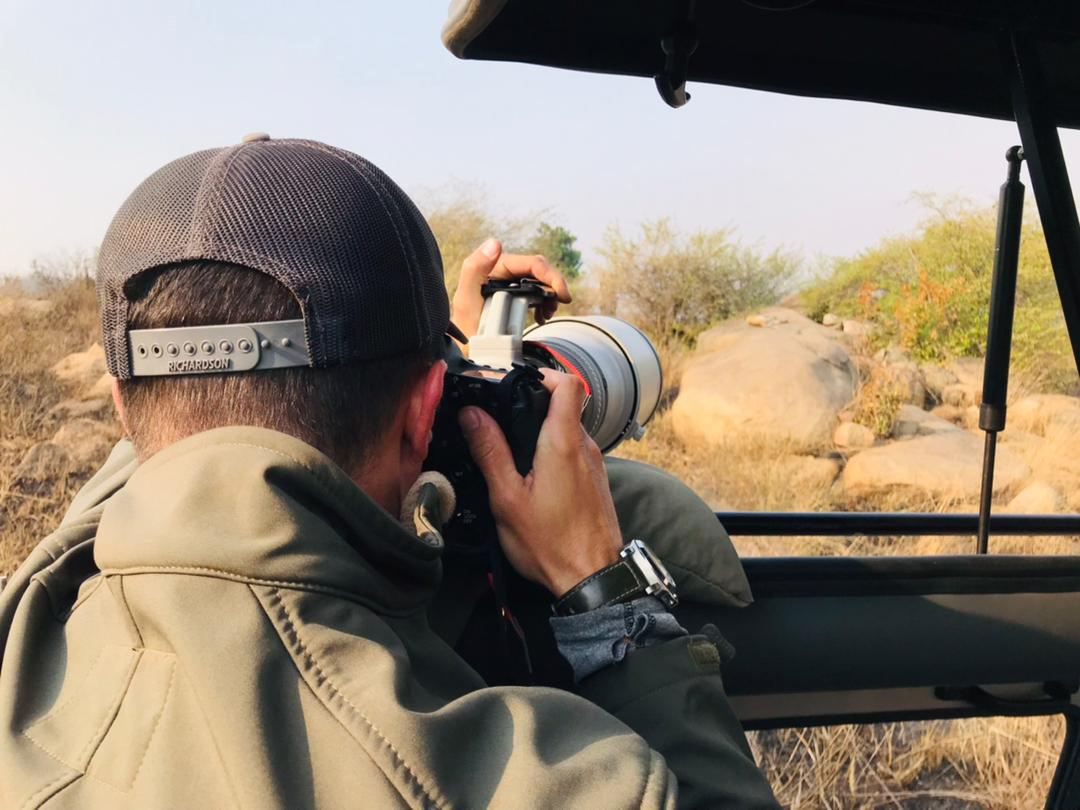
So, how exactly does one become a professional wildlife photographer? The answer can be tied to many careers. Practice, patience, and persistence are the three most important skills to develop. As with any career, a toolbox of skills is required to get paid for your talents. Furthermore, sharpening your business sense is equally important as your technical skills. In the end, that is what hinders most amateur photographers from making the jump to professional. This is the largest part that separates amateurs from professionals. Do you generate revenue from your photography in any way? Many schools of thought say earning any income from photography technically makes someone a professional photographer. Let’s dive into all that makes a professional wildlife photographer succeed and what is needed to get there.
Ethical Professional Wildlife Photography
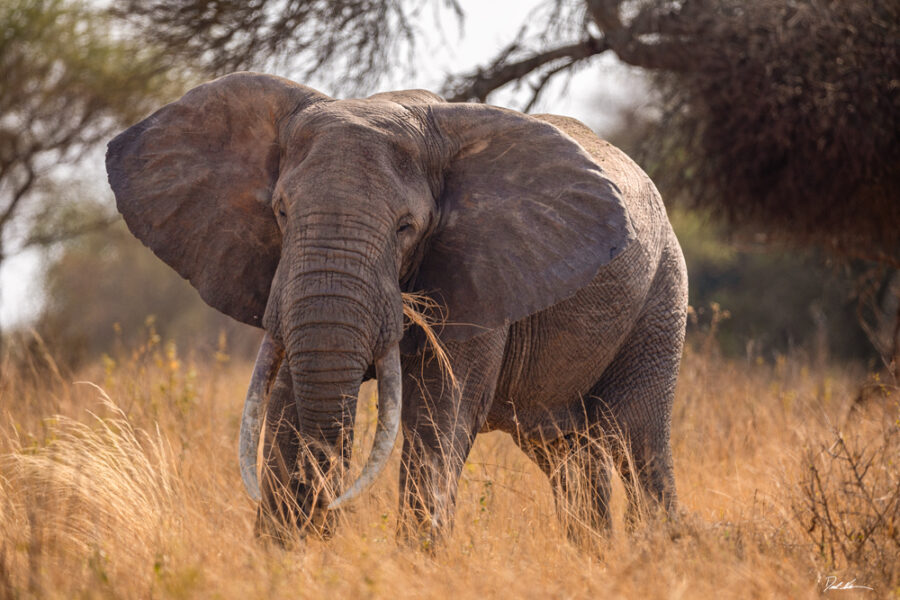
As you may know from reading my other articles, I usually start with ethics when it comes to working with nature. Any human spending time in nature should respect it first and foremost. Our natural world is under constant threat from human presence and exploitation, and photographers do not need to add to it. Wildlife photographers need to be respectful of animals in their natural habitat, never altering the animal’s behavior when possible. This includes no baiting, whistling, clapping, using any object to get the animal’s attention, yelling, or snapping your fingers just to get a good shot. We are there to observe, not interact. Remember always to leave no trace behind.
Learn Animal Behavior
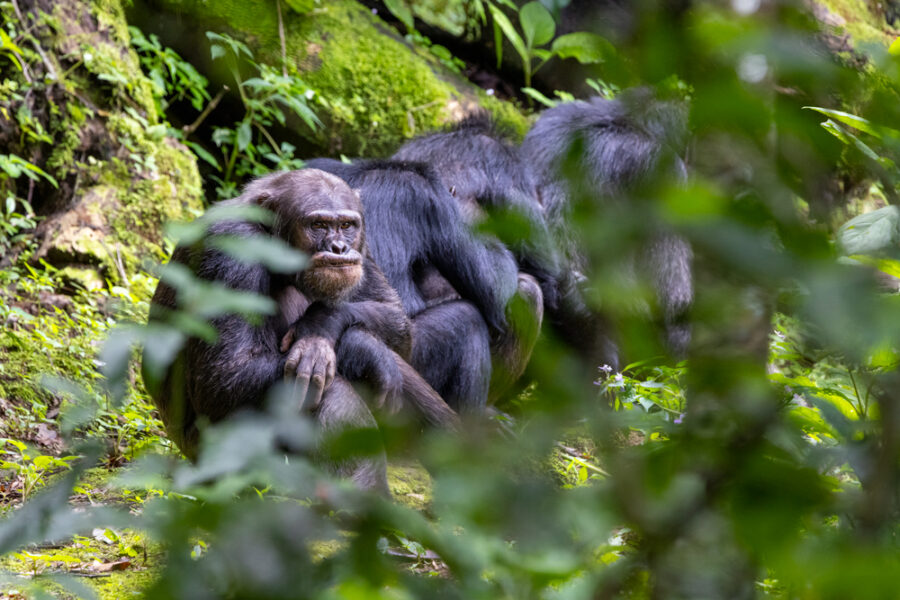
To become a successful wildlife photographer, one should study their subjects to exhaustion. Different animals behave in different ways. To get the best shots, it helps to predict how each animal moves. For instance, photographing fast-moving animals like birds, keeping them in your lens, watching their behavior, and then capturing them in flight is much easier than trying to focus on them while they are already in flight. Try to understand what movements they do before flight. Understand their social lives. Chimpanzees spend hours grooming each other. Capture them in this moment of intimacy, showing their affection towards one another. Moose are most active in the morning hours, bedding down in the late morning through the afternoon to preserve their energy. To get great photos of moose, you must understand their behavior.
Understand The Warning Signs Animals Express
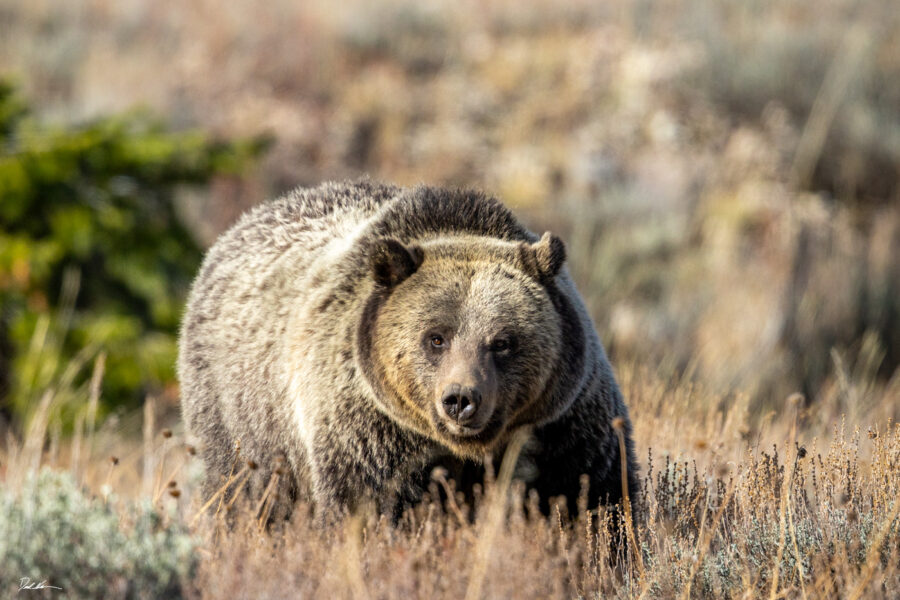
Understanding what the animal is telling you through its body language is critical to keeping yourself and the animals safe. It is possible to share space with a potentially dangerous animal. Again, research is important. Many mammals share the same warning signs. Remember these to stay safe.
Animal Warning Signs
- Head down posture
- Hair standing up
- Enlarging themselves to seem stronger
- Vocalization – they are literally telling you to go away
- A coiled position or a defensive stance
- Curled or smacking lips or showing teeth
- Flattened ears
- Intense focus on your presence
These previous three topics are less fun to read about when wondering how to become a professional wildlife photographer, but they are crucial. That being said, let us dive into the fun stuff—the creative side of wildlife photography.
Finding The Best Light As A Professional Wildlife Photographer
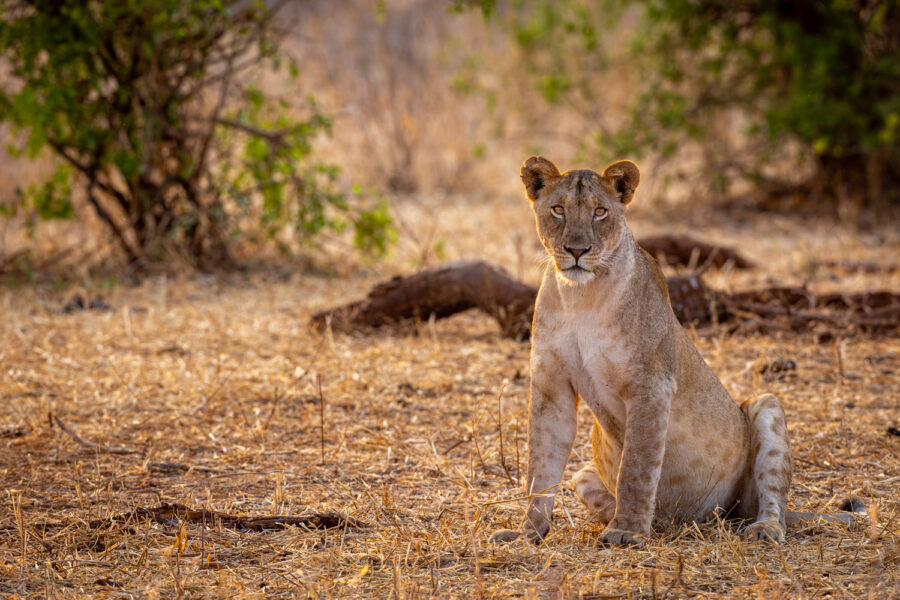
Getting the perfect shot usually means more than just getting sharp images at the professional level. Light is everything in photography. Thankfully, animals are most active when the light is at its best. Blue hour (during the first or last light of day when the sun is beyond the horizon, casting a blue glow) and golden hour (when the sun is near the horizon, casting soft golden light) are the times of the day when colors are most saturated, and shadows are less harsh. Early morning is the best way to find animals in the ideal natural light conditions.
There is a vast difference between a solid shot of an animal and a solid shot of an animal in dreamy light. Search Instagram and nature photography magazines to see which ones get the most attention or are published. The best wildlife photographer is a master of capturing wild animals in exquisite light. These low-light situations are tricky. Let’s dive into that next.
Capturing Beautiful Images In Low Light Situations
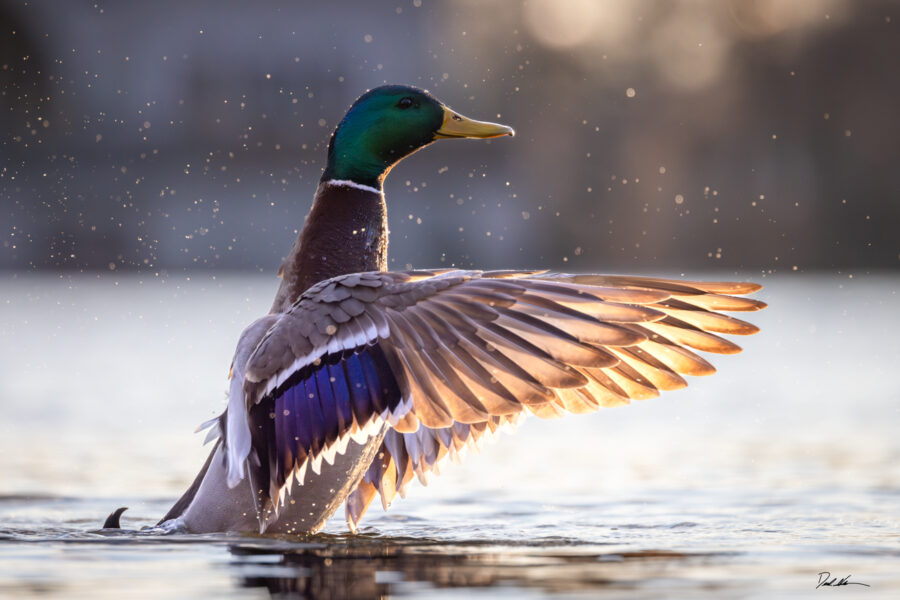
This is where my heart has been broken time and time again. Thankfully, with today’s technology, we now have more tools at our disposal to capture beautiful images of animals in low light. I recommend getting comfortable with shooting in full manual mode. This gives you ultimate control over your exposure, shutter speed, and aperture. A fast shutter speed is a wildlife photographer’s best friend. I rarely shoot below 1/1500 of a second because I want to capture the beautiful detail of an animal without motion blur.
To achieve this in low light, we can now use much higher ISO settings than we could before and with less noise. High ISO allows for more light. This, combined with as wide of an aperture as your lens will allow, gives us the flexibility to photograph animals in low light. Noise associated with high ISO is easily removed in post-production, where a blurry photo can’t be fixed. Shutter priority mode allows us to lock in the speed of our shutter but lets the camera choose the depth of field via the aperture to create a well-exposed image. This is a good idea in most situations where the background won’t be a distraction.
Best Camera Gear For A Professional Wildlife Photographer
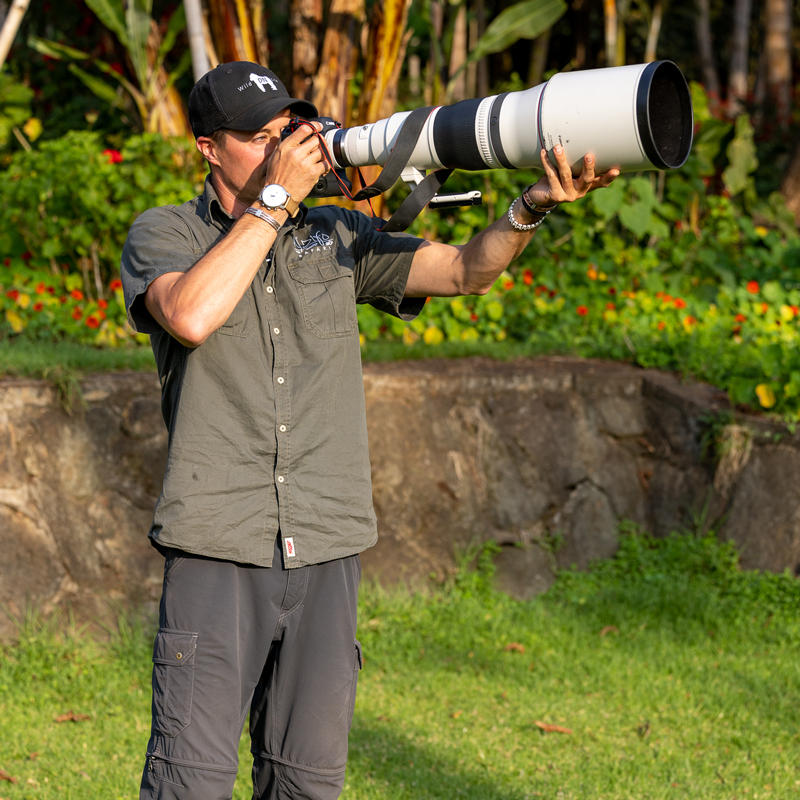
Gear plays a bigger role than in other fields of photography. Simply without telephoto lenses, keeping a safe distance from dangerous animals would be impossible. There are many varieties of camera and lens brands available on the market today, covering a gamut of price points. You don’t need the most expensive gear to achieve professional results. A skilled wildlife photographer can get the most out of any equipment by prioritizing composition and creativity. Here is a list of the right equipment to capture powerful images of wild animals.
- Telephoto lens – any lens that is more than 100mm will allow you to get intimate images of most animals while not disturbing them.
- Decent camera body – when picking a camera body, something that can handle 20 or more frames per second, make sure you don’t miss the right moment.
- Polarizing filter – a polarizing filter cuts through haze and removes reflections from the sun on feathers, hair and water.
- Tripod – particularly when the lenses get bigger and heavier, it becomes more challenging to hold them steady. A sturdy tripod takes the load off your body while keeping the camera steady for sharp images.
- Large memory cards – More than any type of photography, wildlife photography chews up space on a memory card. A single trip can exceed 10000 photos.
- Weatherproofing – In the animal world, weather knows no boundaries. A protective cover will keep your camera safe while allowing you to capture beautiful images in any condition.
3 P’s Of Wildlife Photography
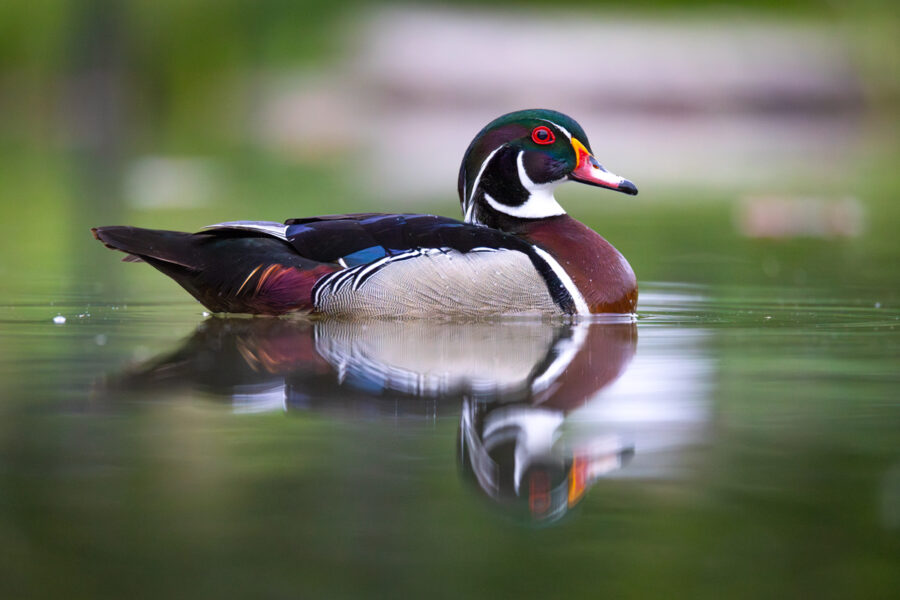
Practice – How To Practice Wildlife Photography
As I mentioned in the introduction, there are three Ps of wildlife photography. Practice is the first. Going to your local park to get wildlife images is an excellent way to fine-tune your skills. To become a better wildlife photographer, the more time you can spend around wildlife of any kind, the better. These low-pressure situations give you the flexibility to get creative in your compositions. Explore the rule of thirds, golden ratio, and leading line or other components that give compositions strength.
Patience – Learn The Art Of Patience
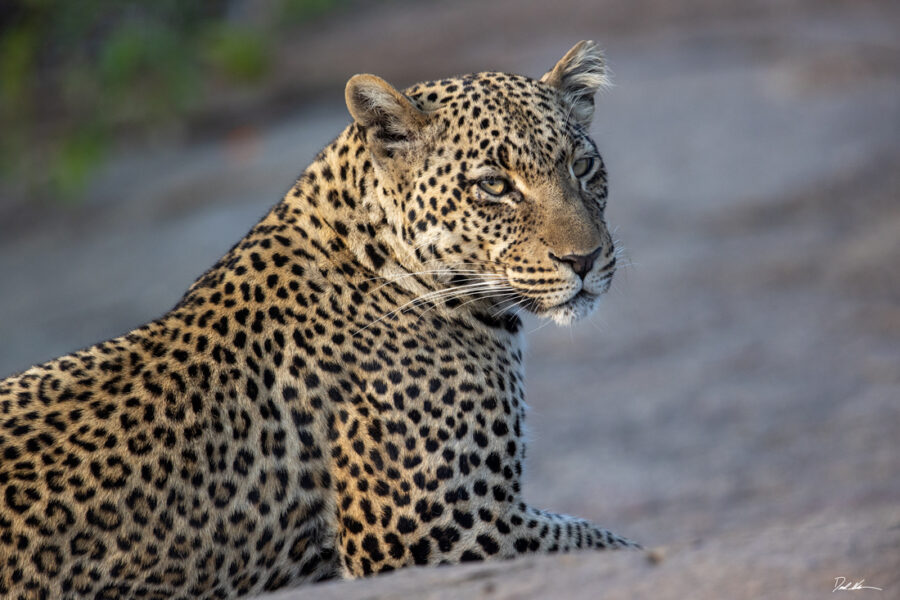
Some of the best wildlife photos are created by waiting hours or days for the right moment to emerge. Obviously, those extremes don’t need to be the norm, but sticking around for as long as you can is a great way to make sure you are ready when the magic happens. The photo above was captured after spending an hour with a mother leopard in the soft morning light. Because we were patient and just stayed with her all morning, she eventually felt it was safe to call her two cubs out. The photo below is a product of not rushing off to find something else. Nature is full of surprises.
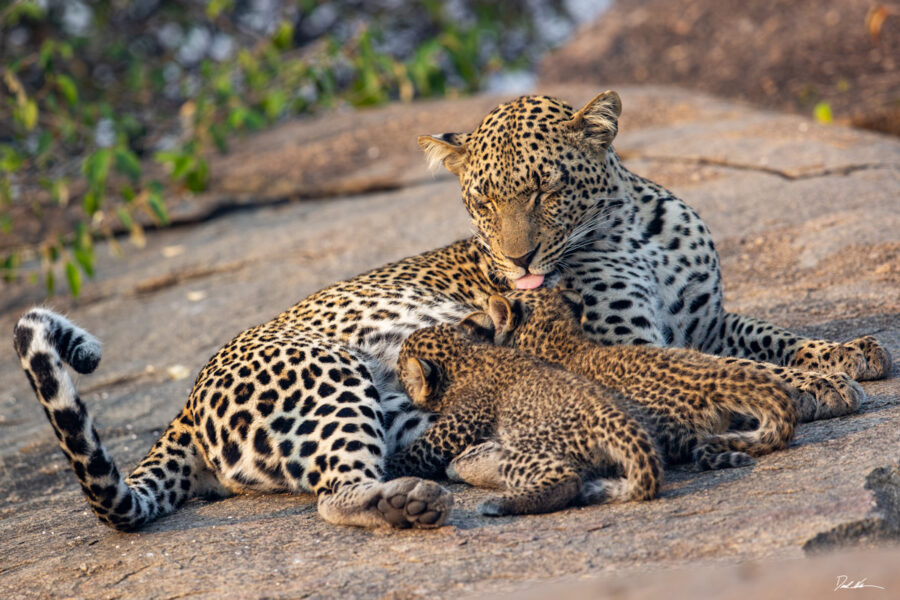
Persistent – Why Persistence Matters In Wildlife Photography
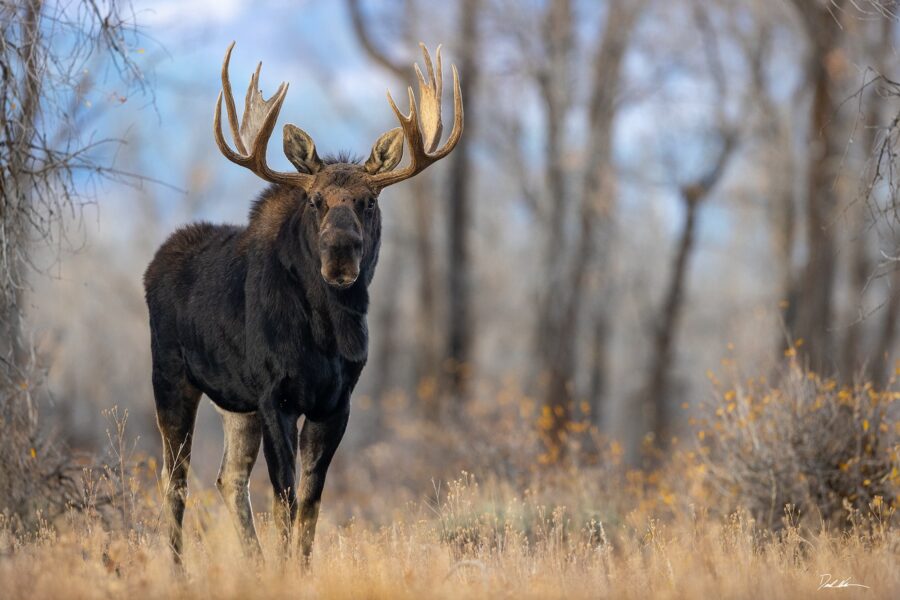
There have been many occasions when I really wanted to photograph a particular animal, but it was nowhere to be found. I would repeatedly show up to the habitat where they are found, near the typical food source, and follow fresh tracks only to come up empty-handed. In the fall of 2020, I was at the Grand Teton National Park. One species I desperately wanted to photograph was moose. I spent days searching all over the hotspots and nothing. I began to think I should search for a different animal and give up. Because I stuck to my plans, on the seventh day of trying, I ended up finding three. It was the most incredible experience, and my images are of some of the best Grand Teton moose I could have imagined.
The Business Of Professional Wildlife Photography

Learning and implementing successful business strategies is critical in the ultra-competitive field. There are so many talented wildlife photographers out there in this world. The following sections will cover how to elevate your chances of rising to the top and, who knows, even land you on the cover of National Geographic alongside so many of the greats.
Marketing Yourself As A Professional Wildlife Photographer
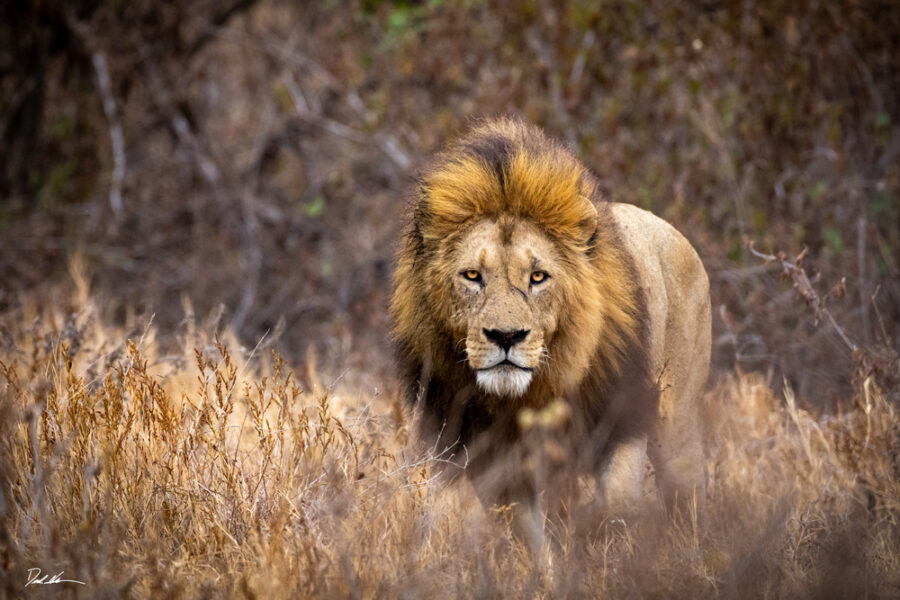
Tell everyone you meet what you do. I am serious. The more you identify with what you are telling people, the better your chances of succeeding are. It is the same as creating any business (BECAUSE IT IS A BUSINESS). If you are the only one who knows about your business, no matter what it is, how successful do you think that business will be? I have developed several different pitches based on my audience to get people interested in what I do as a professional wildlife photographer.
It is so important to get your work in front of as many eyes as possible. This could be through Facebook and Instagram ads, Google ads, or ads in your local paper. Post on platforms that highlight photography. Enter competitions to get your best work seen by a wider audience.
The Power Of SEO For Your Business
Create a website! This is your own place, and no algorithm can deny your existence. Display all your best work in a clean, organized gallery. Then, write text to describe all your images on their own product page. Add alt text to the images and descriptive titles for each image. Then, and likely most importantly, write articles around what you specialize in, know the most about, and what people are searching for. I have seen a steady growth from zero people on my site when it launched to over 3000+ weekly visitors reading my articles and browsing my online galleries using this technique. I am providing value to my audience. In return, my work is being shared around the world.
The Importance Of Networking
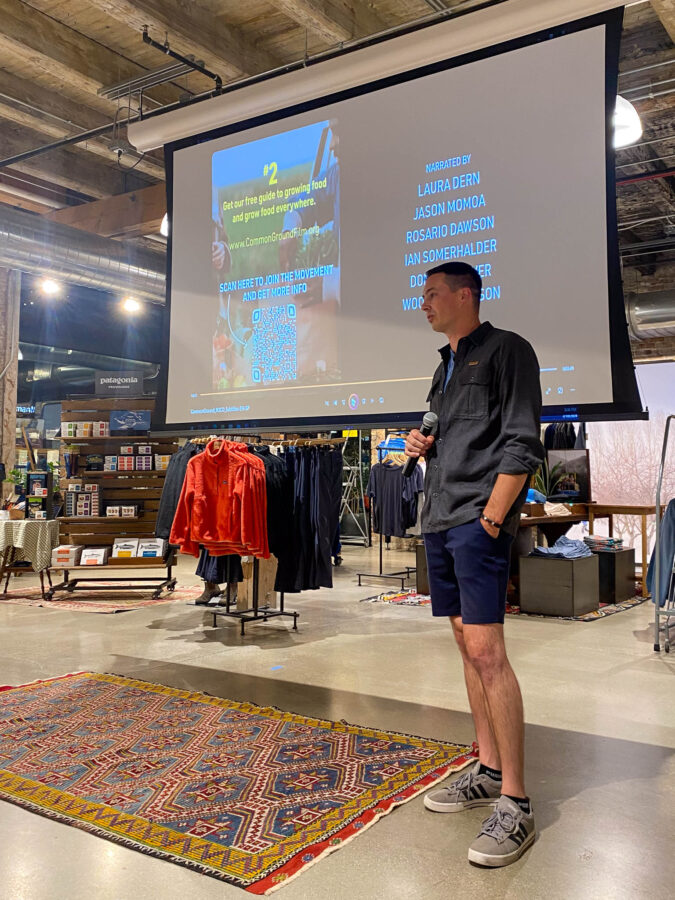
Networking in any career builds strong relationships and opens new doors. After the pandemic, I prioritized supporting as many artists, galleries, and other photographers as possible. I didn’t do it in a salesy way, but I genuinely supported them with their work. By showing up at other artist events you admire or galleries you want to work with, people begin to connect your face to your name or brand. More importantly, you begin to form relationships, even friendships. People begin to think of you when an opportunity comes around. The larger you can grow your network of genuine relationships, the more opportunities and introductions will come your way.
Best Ways To Network As A Photographer
- Join local photography groups or clubs.
- Attend wildlife photography workshops.
- Attend gallery openings of successful professional wildlife photographers.
- Go to industry conferences.
- Attend parallel industry meetings such as those in conservation or wildlife management.
- Host your own workshops.
- Become a member of a national or international photography organization.
Studying The Most Successful Wildlife Photographers
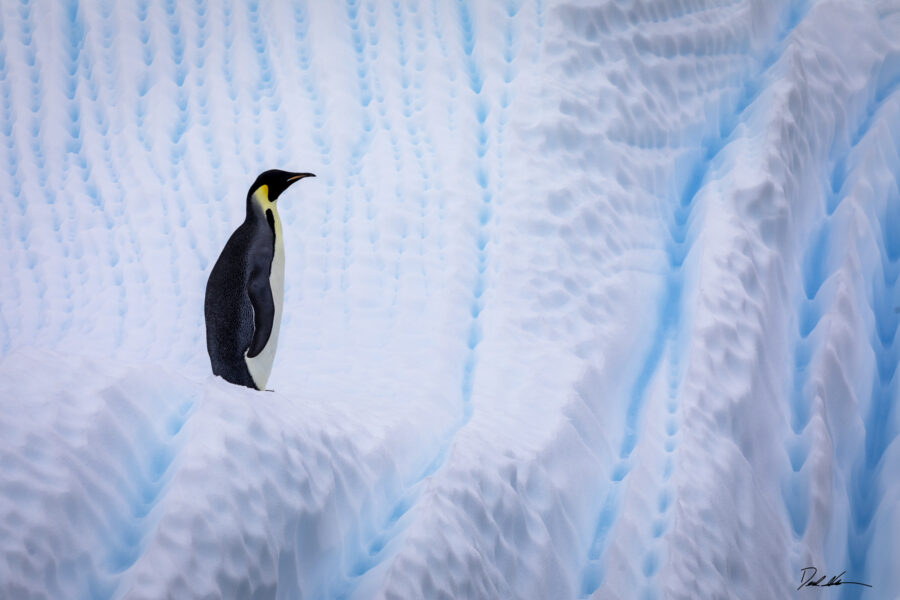
To be the best, you need to learn from and emulate the best. The wildlife photographers I admire most are those I constantly try to learn from. They have laid a blueprint for success through their own journey. Take notes and follow in their footsteps. Take their courses. Read their books. So many wildlife photographers are willing to share their secrets to success so others don’t have to make the same mistakes they did. Find a mentor. Mentors provide so much wisdom to less experienced professionals. Consider an internship with a professional wildlife photographer to get in the field experience.
Best Wildlife Photographers In The World
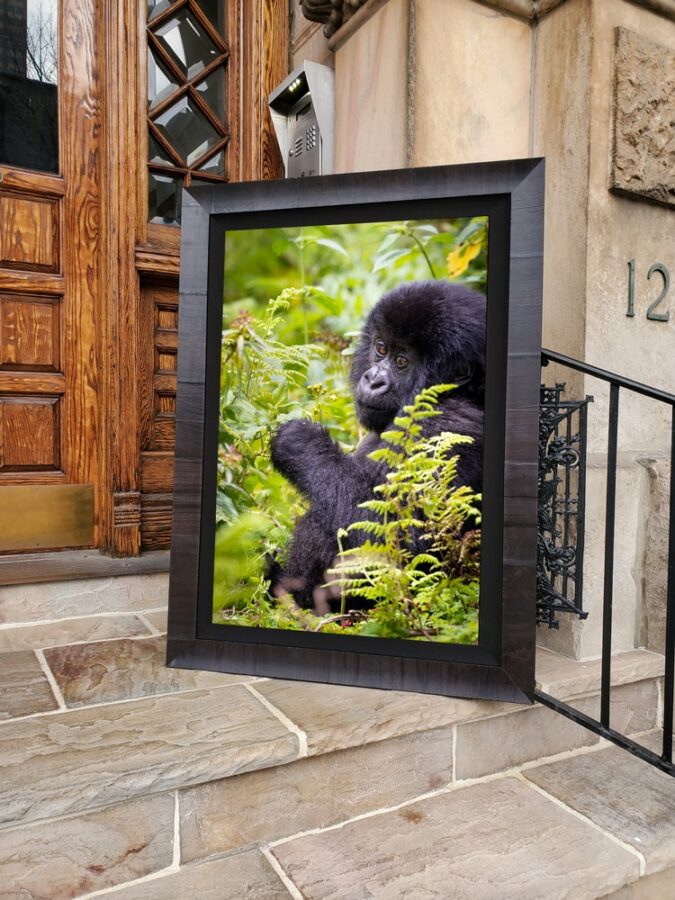
There are way more than I could fit on this list, but here are some of the most respected professional wildlife photographers.
- Cristina Mittermeier
- Paul Nicklen
- Art Wolf
- Tom Magnlsen
- Andy Mann
- Ami Vitale
- Suzi Eszterhas
- Frans Lanting
- Joel Sartore
- Tim Laman
- Marina Cano
- Daisy Gilardini
Learning The Power Of Storytelling
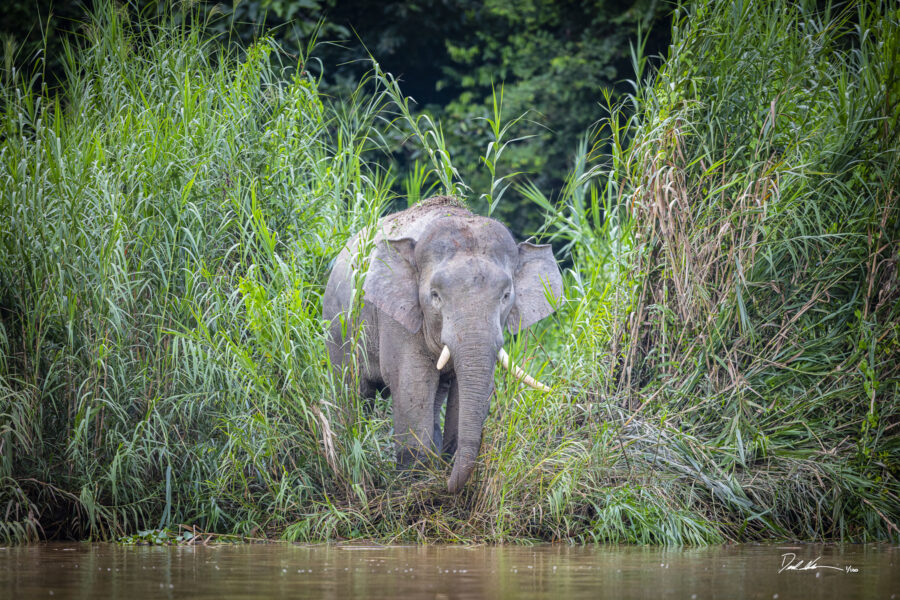
One of my personal mentors is an incredible storyteller. She has a way of bringing an audience in and then taking them on a journey with her as if they were by her side when she took each photo. She gets you to care deeply about the subjects of her work. So much of what we do as wildlife photographers is in the journey to find ourselves in front of these animals. Join public speaking groups like Toastmasters or take classes to develop skills around storytelling so people can come along with you on your own stories. People tend to want to protect the things they care about, and wildlife photography plays a huge role in conservation. Make them care with your stories.
Developing Multiple Revenue Streams In Photography
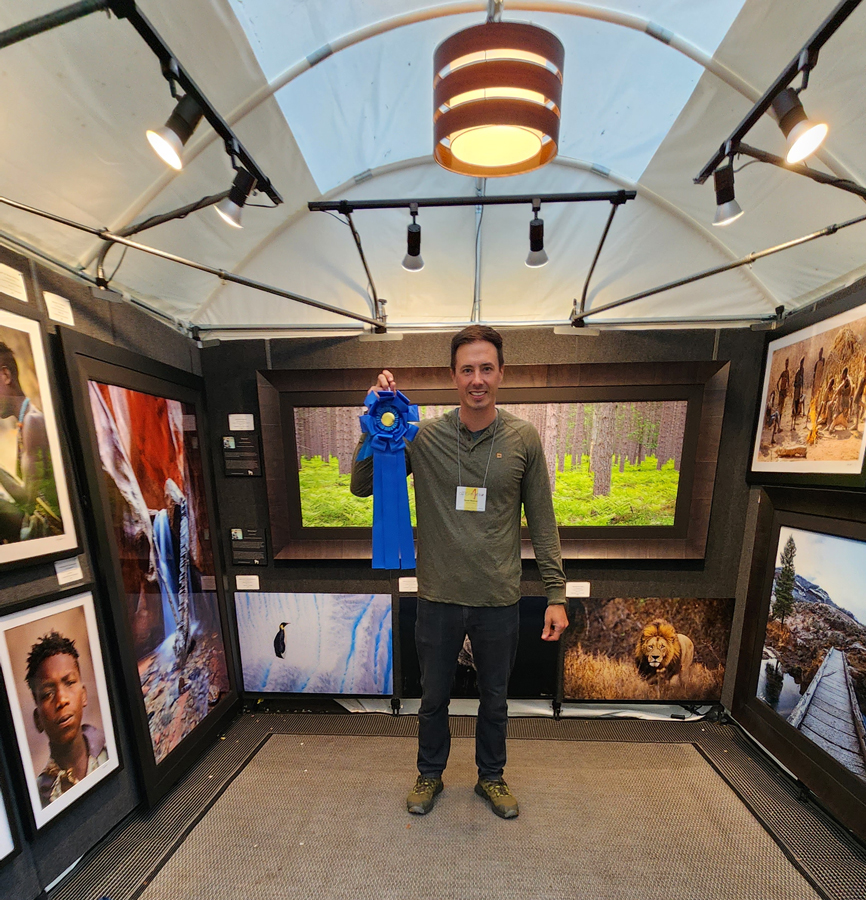
The single most important aspect of a professional wildlife photography business is creating multiple revenue streams to survive and thrive. Creating multiple revenue streams allows us flexibility and offers us protection if one income stream goes cold for any reason. Keep a firm eye on your business finances. If the money dries up, you can’t operate your business. Here are some of the best ways to keep that from happening.
Best Ways To Generate Revenue As A Wildlife Photographer
- Sell prints through your website or at art shows
- License your work to stock agencies or businesses
- Speak in public
- Host photography classes and retreats
- Create photography courses
- Enter wildlife photography competitions
- Create your own photography book
- Reach out to gear companies you use to become a paid ambassador
- License your work to magazines, calendars, or puzzle companies
Professional Wildlife Photographer’s Role In Conservation
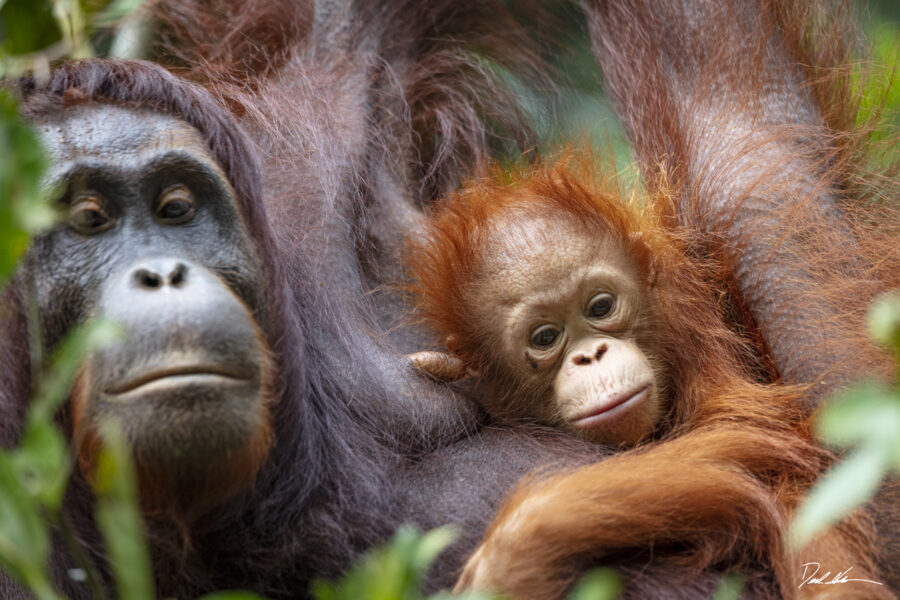
Just as I wanted to start off with the importance of ethics, I want to close with the importance of our role in conservation. Our planet is seeing the largest human-driven loss of biodiversity in history. Wildlife is constantly under pressure from humans across the planet. We have decimated ecosystems to the point of collapsing from the depths of the ocean to landscapes on every continent. We need to maintain hope, though. Our role as ambassadors for the voiceless has never been more critical. People need to see what we are at risk of losing.
The natural environment needs us to drive messages of wildlife conservation to government officials who are making decisions for the future of our planet. We need to hold the corporations responsible for the impact they have on our planet, our health, and the health of all species. Planet Earth is the only known place of life in our universe, and we have a responsibility to future generations to shift the trajectory we are on. We can do this by raising our voices, voting, showing up, and showing powerful images to the world to drive change. Nearly every single wildlife photographer on the list above is working in conservation because all of them realize through their time in this field how important our work is. A picture actually says more than a thousand words. It can change the world.
What is the cost of not pursuing your dream and becoming a great photographer?
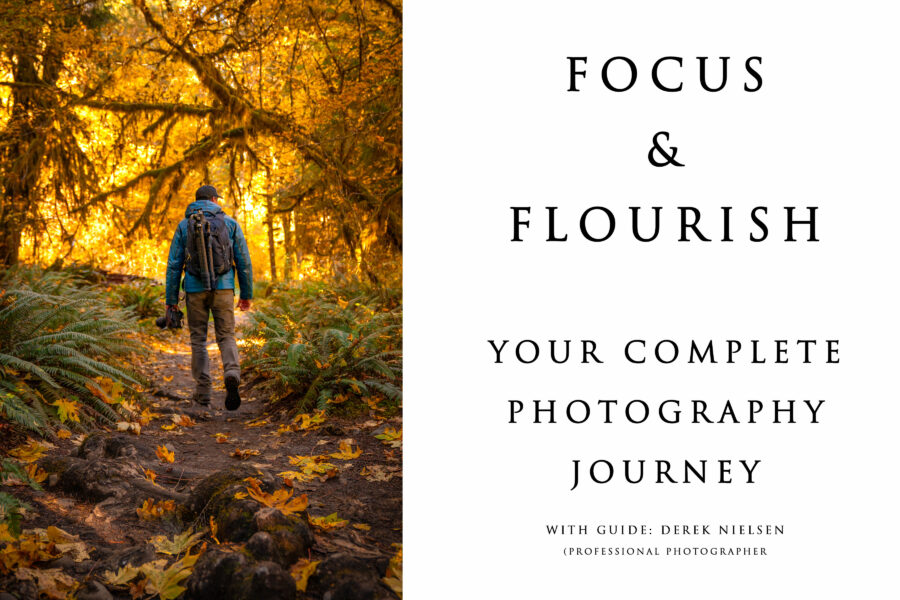
Learn More
Imagine always wondering what would have happened if you had only invested in yourself and your passions. Think about how quickly life goes. Don’t wait for tomorrow to do the things you have been thinking about doing! Take the trip. Start that business. Invest in yourself. Without photography, I don’t know what my life would look like, but it would be a lot less inspiring. Don’t let another day go by without creating the life you truly want.
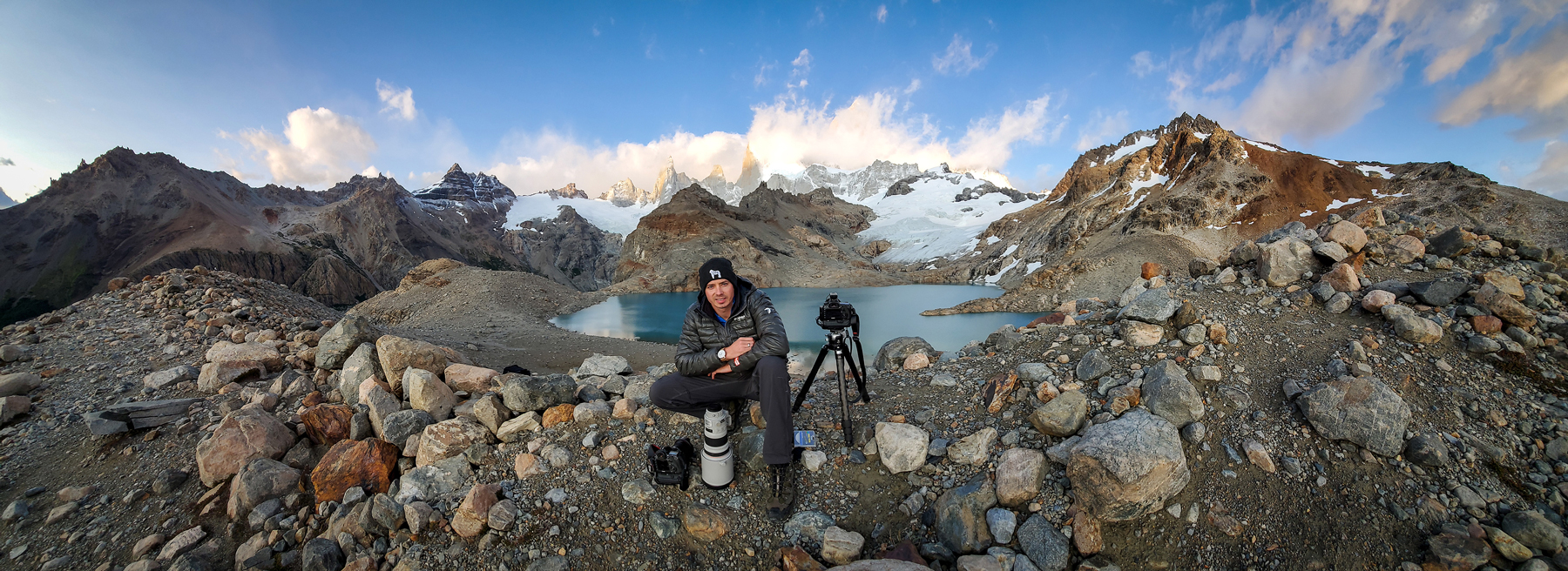
Hello! I'm Derek.
DEREK NIELSEN PHOTOGRAPHY RAISES AWARENESS ABOUT THE GLOBAL NEED FOR CONSERVATION THROUGH PHOTOGRAPHY AND DONATES UP TO 15% OF ALL SALES BACK TO ENVIRONMENTAL ORGANIZATIONS AROUND THE WORLD.
